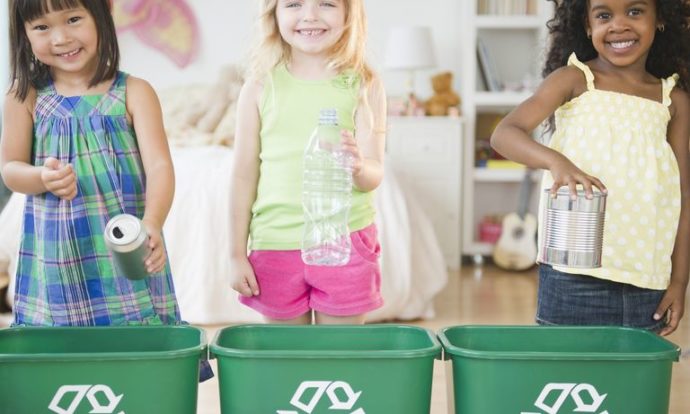As children reach kindergarten and early grade-school age, they continue to become increasingly more aware of the wider world beyond home, school and their neighborhood. If you haven’t already done so, this can be an excellent time to teach your child about the environment, and how you can work together to go green as a family. You can also talk about how urgent this issue is for the next generations, what he can do to make a difference now, and what people are doing to help the Earth. Here are some ways you can teach your child about eco-friendly habits and encourage your child to do his part to help protect the environment.
Inform, but keep it basic and upbeat.
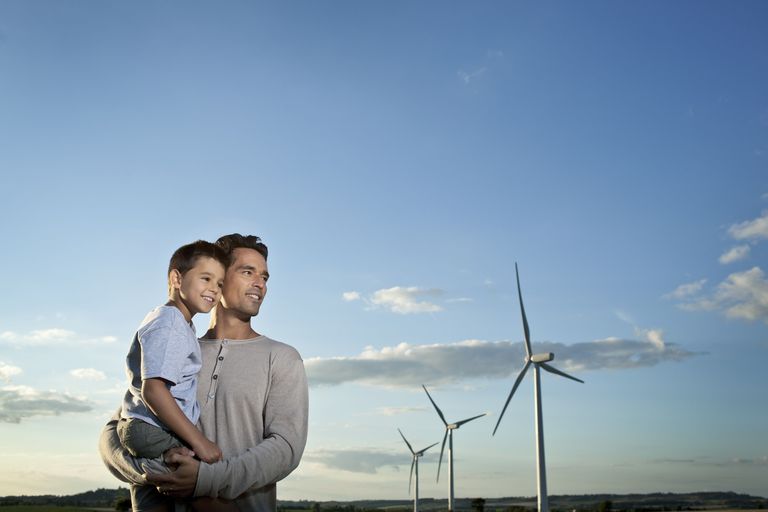
When my son was 7 years old, he spied a magazine cover on the table that featured a cover line about polar bears being endangered because of global warming. I decided to be straight with him — I said yes, there is a danger to polar bears and other wildlife because of pollution. But I reminded him that we can all do something to go green and help make a difference, and perhaps help the polar bears and all living things on our planet. Talk with your child about things that are making a positive impact like wind farms and recycling, and what you can do in your own back yard, like plant trees and compost.
Teach your child to turn off the lights when leaving a room.
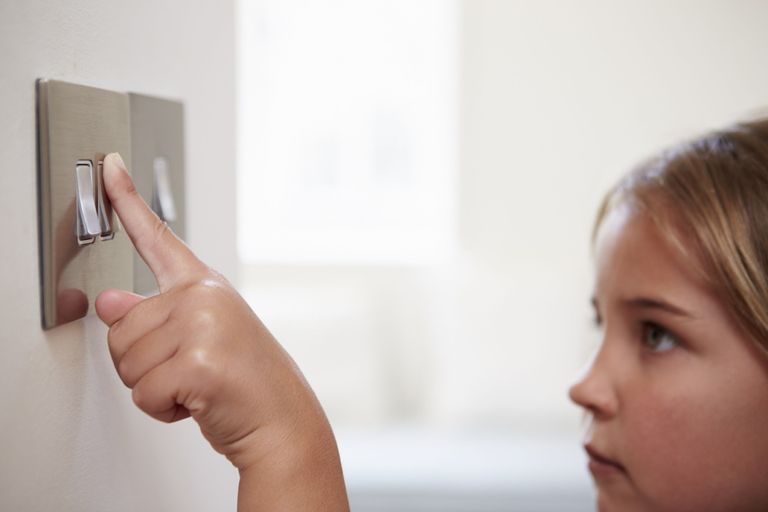
My grandmothers were immigrants who lived through wars in South Korea. They used to constantly remind me to turn off the lights, and not waste food or resources. As it turns out, these were great lessons. Have your child get into the habit of turning off lights and electronic devices when she’s not using them. A nice bonus: reducing electricity use can help cut down your utility bill.
Remind him to turn off the water when brushing.
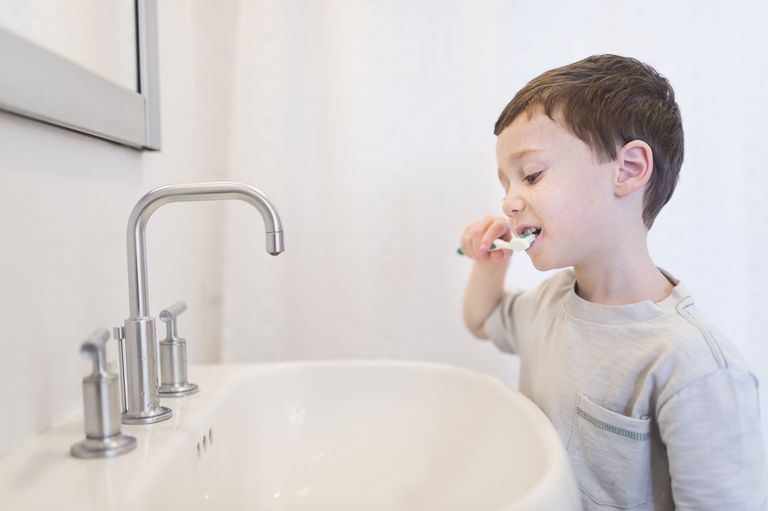
A grade-schooler is old enough to understand that water comes from lakes and reservoirs. Explain that wasting it can affect everyone who relies on that water. Wasting water also means wasting energy. A faucet that runs for five minutes is equivalent to letting a 60-watt bulb run for 14 hours, according to the U.S. Environmental Protection Agency.
Power fun with your mind and bodies.
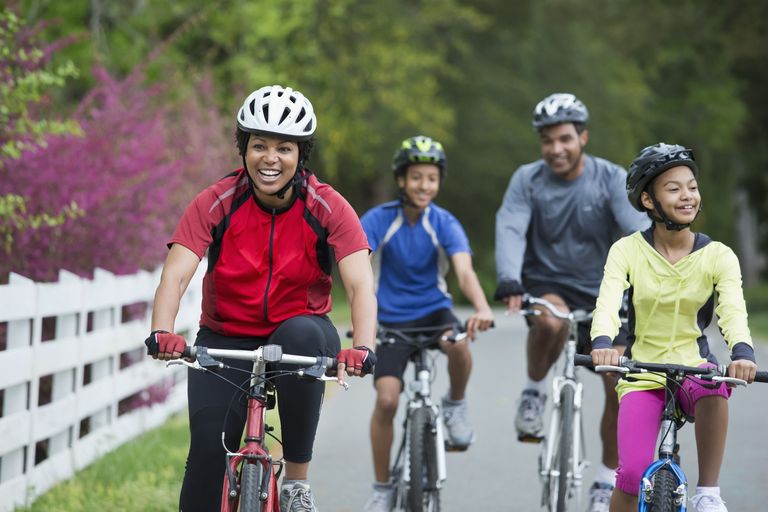
Show your child how to have non-electronic fun. Play family board games, read favorite books, or go outside to throw a Frisbee around or ride bikes in the park.
Set up easy recycling.
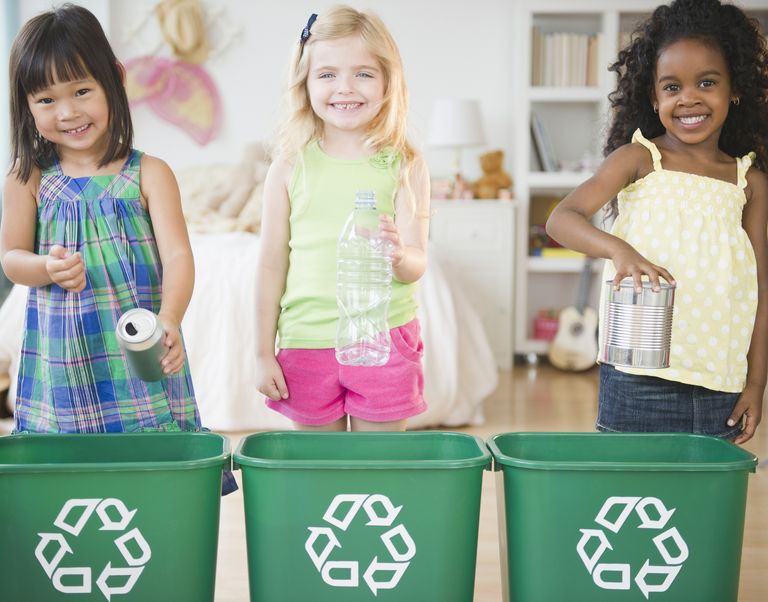
Make it easier for your grade-schooler to go green by designating different bins for glass, metal, paper, and plastic. Have your child draw pictures of recyclable categories to label each bin. Once a season or more, have your child help you look for used clothing, books, toys and other items around the house to donate to local shelters.
Get green cleaners and tools.
When you and your child clean the house, opt for re-usable cloths instead of paper towels when dusting or cleaning mirrors and other surfaces. Try to use green cleaners whenever possible — they’re not only better for the environment, but for your family, too.
Opt for reusable bags and containers.
Another easy way to go green is by switching to reusable containers for lunches and snacks and filling up BPA-free or metal water bottles instead of buying bottled water. When you go grocery shopping, bring reusable bags.
Buy big containers and put into small containers.
Instead of buying small bags and containers of cereal or crackers, choose large packages and divvy it up into smaller reusable containers if you need them on the go.
Reuse art supplies.
Set up some small bins to keep bits of materials left over from art projects. Broken crayons, scraps of material, buttons — virtually anything can be reused. And the more you save, the less you have to spend money to buy new materials for your next project.
Go outside!
If you can, take your family to the park or explore a hiking trail. Being in nature can help provide kids with clear picture of what we are trying to preserve and remind them why it’s important to go green every day.
